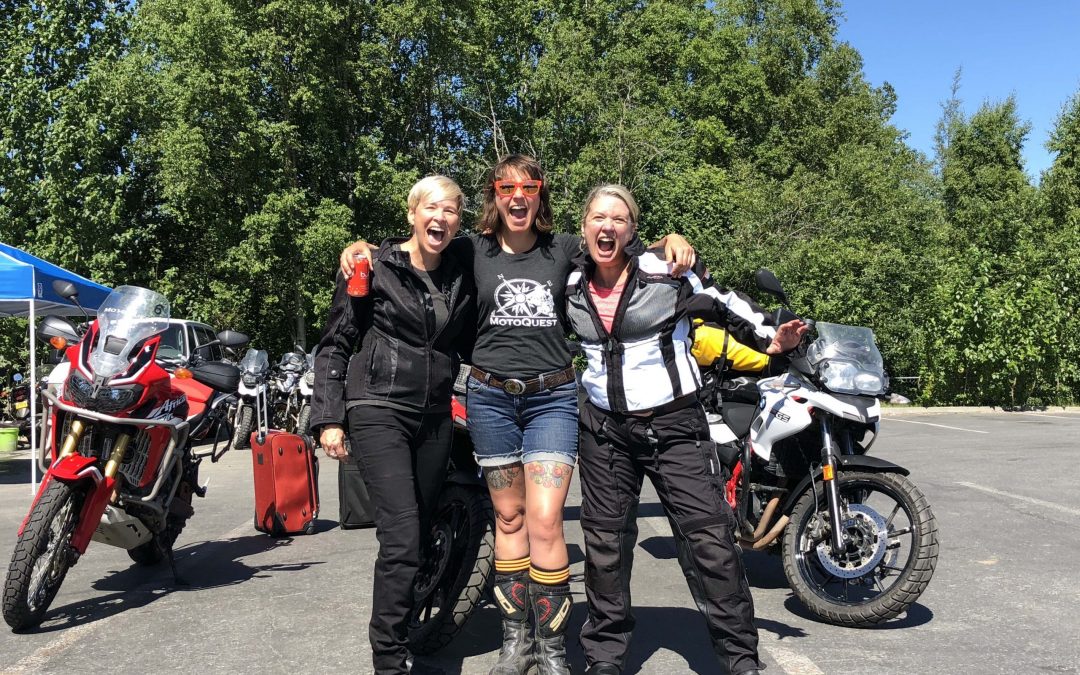
Apr 5, 2021 | Adventure, Courage, Freedom, Women
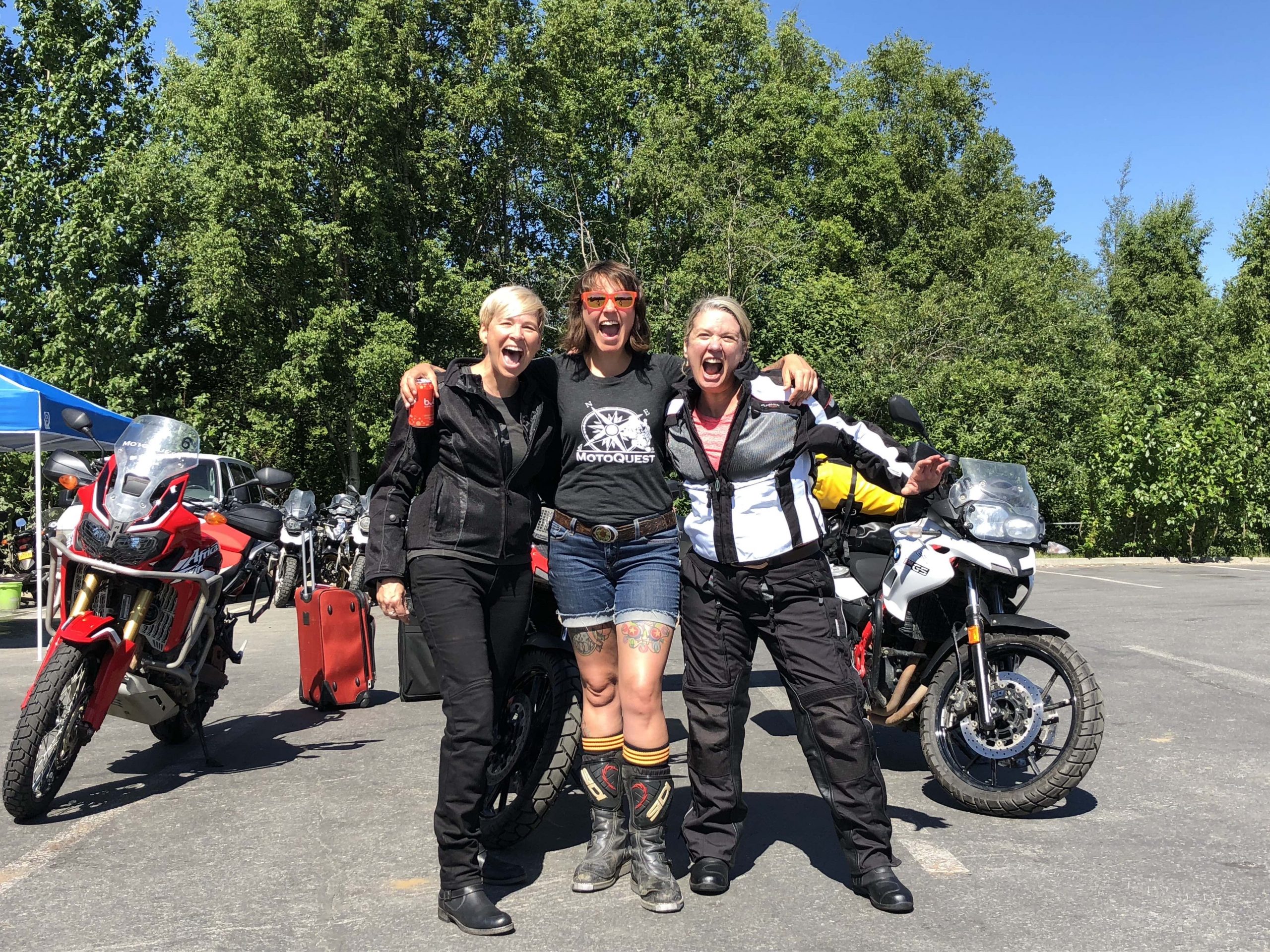 A few years ago, a friend of mine approached me with a bit of a dare. ”What if we flew to Anchorage, rented motorcycles, and rode and camped across Alaska for a couple of weeks?” She followed it up with, ”and don’t say ‘yes’ unless you really mean it!” I thought on it for about 12 seconds…“I’m in!”
A few years ago, a friend of mine approached me with a bit of a dare. ”What if we flew to Anchorage, rented motorcycles, and rode and camped across Alaska for a couple of weeks?” She followed it up with, ”and don’t say ‘yes’ unless you really mean it!” I thought on it for about 12 seconds…“I’m in!”
Instantly, we burst into nervous, giddy laughter with gulping wide eyes, as if to ask, “what have we done?!” coupled with the sobering realization that neither one of us owned or rode motorcycles. From there, we made a plan: we signed up for and passed motorcycle training, got our license, and bought bikes. A year later, we flew to Alaska and had the absolute time of our lives riding from Anchorage to Homer and covering the Kenai Peninsula in between.
Freedom.
I’ve never felt so free as I did on that trip – the wind in my hair, the glacial coolness on my skin, the thrill in the feel of my bike, and camping in a wild like I had never known. And that feeling of freedom coats me every time I ride.
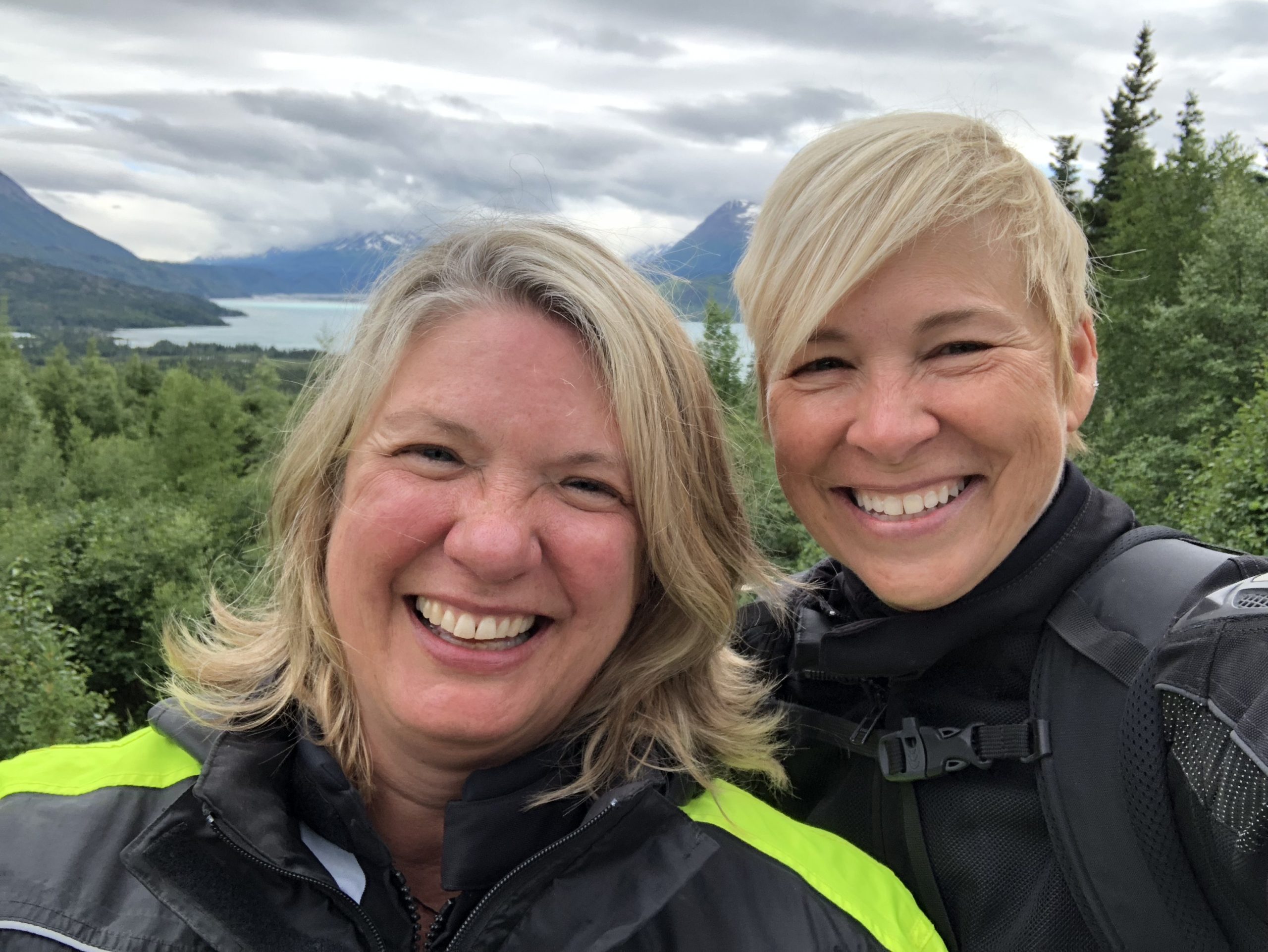
Driving a motorcycle lets you experience the world in 4D – taking in nature’s elements, sights, sounds, smells, and textures. I’m never so present as when I’m riding my bike – my senses are fully alive to the essence surrounding me. I can be no other place than right where I am.
Our Alaska adventure checked all my boxes, hit all my values, stretched and challenged me in ways I couldn’t have imagined. We did our research. Mapped our own route. Provisioned and purchased all the right gear. We thought through all kinds of scenarios, dangers, and what ifs, planning as best we could. I’ll admit that I had some restless nights leading up to our trip truly afraid of the scale of it all and dreaming of bears in our campsite. Fortunately, we never encountered any bears!…and I leaned into my fear and felt in awe of our sheer accomplishment.
I fantasize about my next motorcycle adventure…2021 or 22 maybe – I’m thinking of a West Coast stretch from Vancouver to San Diego. One day, New Zealand? Thailand? Meanwhile, I ride as often as I can in and around North Carolina with a smile that wraps around my head.
When are you most free?
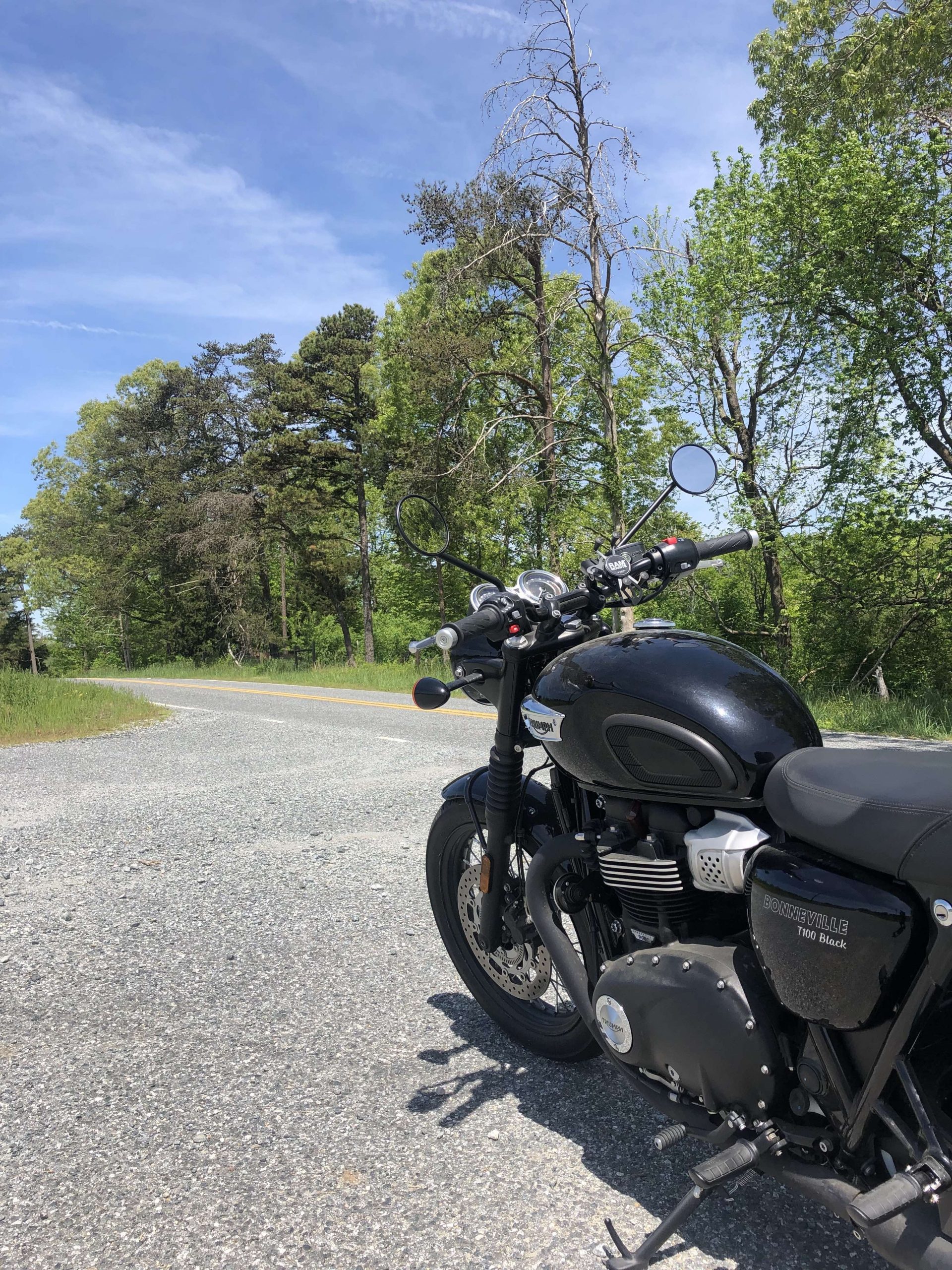
 Hi, I’m Jeanie Duncan. I work with individuals and organizations as a transformation partner to help them unlock their Truth, discover authentic value, and create meaningful impact in the world. I believe when we are truly aligned with our purpose, we can live and perform at our highest potential. With over 25 years of experience as an executive, CEO, consultant, and coach, I offer strategic, knowledgeable, and experienced guidance for those who are ready to take the courageous leap toward true transformation.
Hi, I’m Jeanie Duncan. I work with individuals and organizations as a transformation partner to help them unlock their Truth, discover authentic value, and create meaningful impact in the world. I believe when we are truly aligned with our purpose, we can live and perform at our highest potential. With over 25 years of experience as an executive, CEO, consultant, and coach, I offer strategic, knowledgeable, and experienced guidance for those who are ready to take the courageous leap toward true transformation.
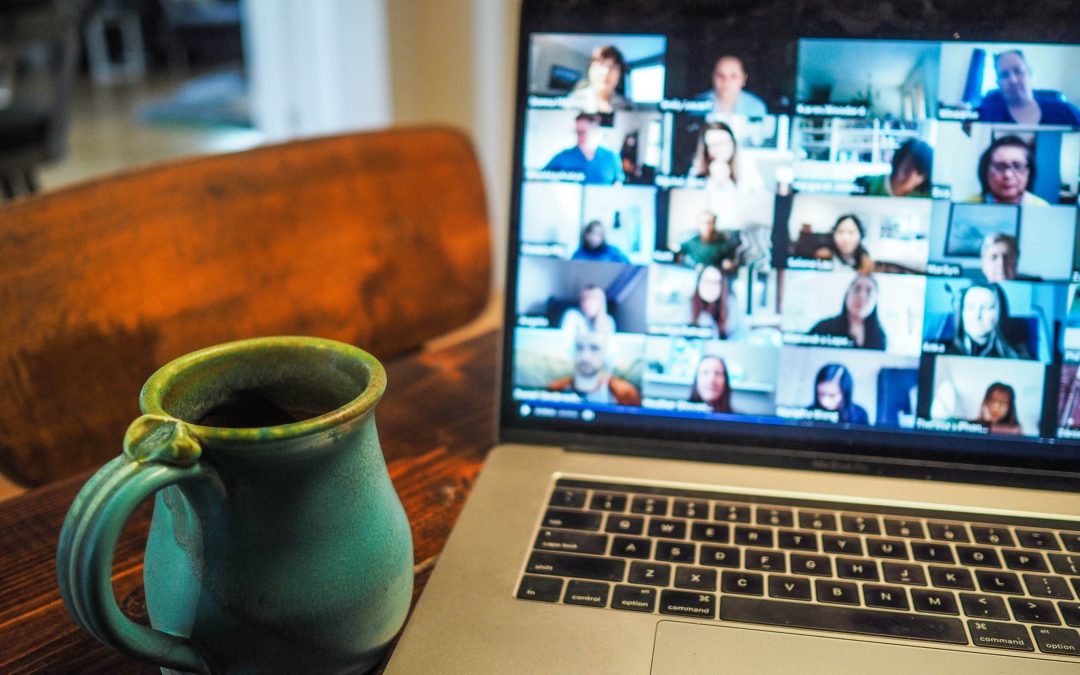
Jan 28, 2021 | Leadership, Personal Brand, Strategy
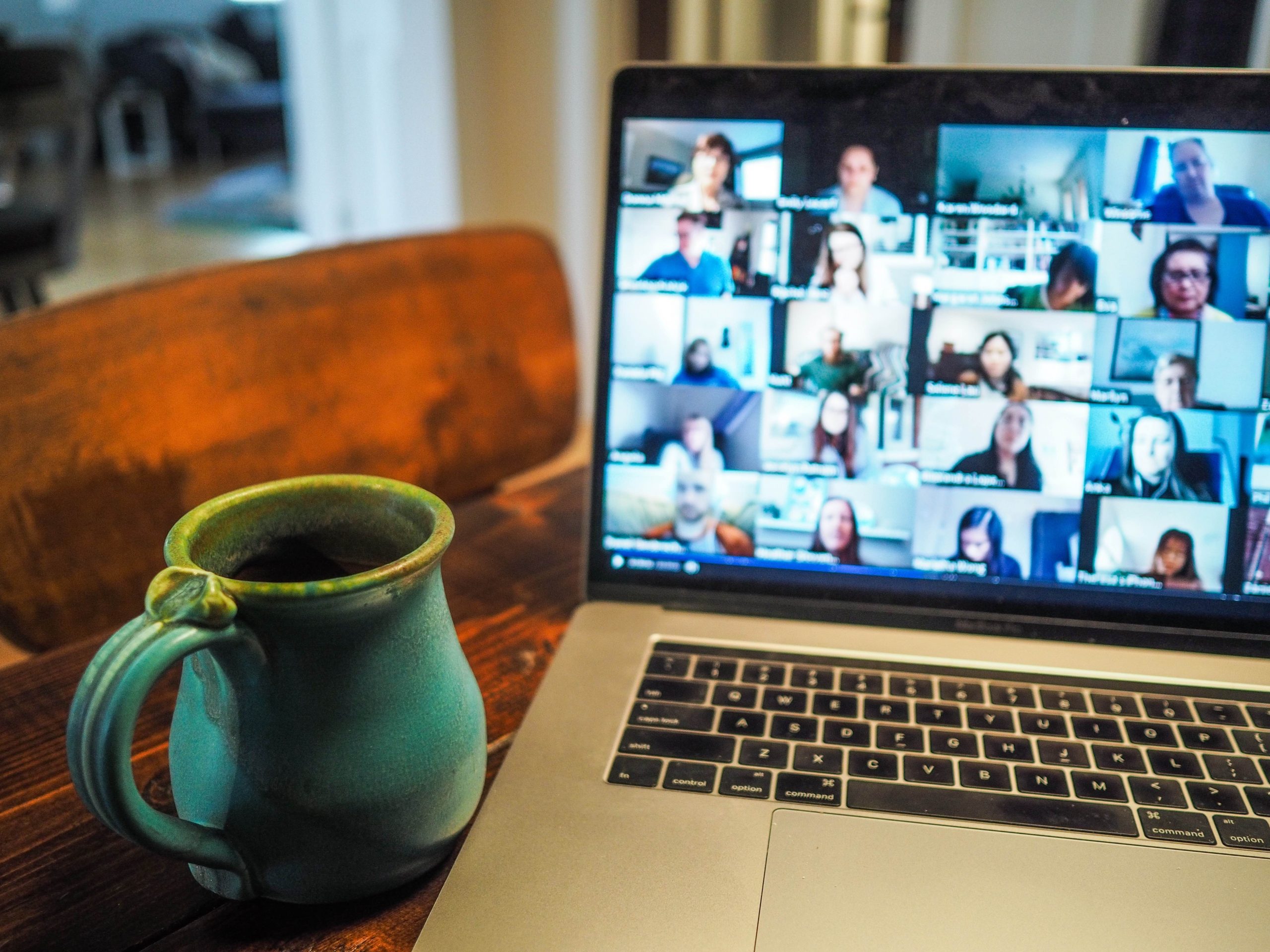 Remember the days when we could physically gather for meetings, programs, and events at work? I find myself longing for it as we’re about to “lap ourselves,” approaching month #11 in the COVID era.
Remember the days when we could physically gather for meetings, programs, and events at work? I find myself longing for it as we’re about to “lap ourselves,” approaching month #11 in the COVID era.
Today, most of us are spending half or more of our time in a virtual space with clients, team members, and other colleagues. In this reality, communicating our unique leadership brand and presence requires us to be mindful of a whole new range of factors, to get creative, and tap into new and different resources in order to effectively and compellingly convey who we are… where often our “stage” isn’t much bigger than a postage stamp.
Back when we could gather in-person, we had a more accessible and dynamic environment and range in which to present our unique “essence.” It was just easier. By merely walking into a room, you could command attention and convey presence.
It all starts with knowing your personal leadership brand.
We’re not used to thinking of ourselves as a “brand.” Thoughts of brand more often conjure up images of our favorite coffee or shoes, the car we drive or the makeup we wear (remember makeup? :0 ). But even if you’ve never thought about your own personal brand, you have one. You’re “presenting it” everywhere you go…yes, even if you’re only walking from your kitchen down the hall to your office. So, why not take a more mindful approach and really be in charge of this brand! It’s just as important in the virtual environment as it is in-person and it requires knowing what works in that setting and making it work for you.
Start defining your brand by considering these questions:
- What do I bring to the table? Think about your skills, talents, expertise, experiences.
- What is uniquely me? What sets you apart? There’s no one else on the entire planet quite like you! What do people get with you that they don’t get with anyone else?
- What is my brand promise? Think about what you deliver.
- What do I stand for? Consider your core values and what matters most to you.
- How do I want to be described? When you “leave the room,” what would others to say about you? What adjectives would they use to describe you?
Next, give thought to how you deliver your brand.
I think of delivering your brand as your presence, or executive presence – the “how” of presenting yourself. How can you present your brand most effectively to:
show up in the most impactful way,
accomplish your goals,
convey your key messages, and
achieve your aspirations?
In her book Executive Presence, Sylvia Ann Hewlett offers, “No man or woman attains a top job, lands an extraordinary deal, or develops a significant following without the combination of confidence, poise, and authenticity that convinces the rest of us we’re in the presence of someone who’s the real deal.”
In essence, Hewlett is saying you get there because you’re being purposeful and intentional about who you are and how you show up.
She lays out the key components of what comprise executive presence: gravitas, communication, and appearance. These elements help you take what’s uniquely YOU and unleash it in the world.
Gravitas
In short, gravitas is the ability to exude integrity, and confidence under the most pressing circumstances. It’s a combination of qualities that conveys you’re in charge or deserve to be.
Communication
As it relates to presence, effective communication is as much, if not more, about the “how” you communicate than the “what” you communicate.
Research shows that people pay the most attention to our nonverbal messages. In fact, up to 93% of your message is derived from how you say it.* 93%! This statistic drives home the need to pay attention to these elements of our messaging and utilize our nonverbal communication strategically for the greatest impact and connection.
“Strong communication skills are an accurate representation of whether you qualify as a leader or not,” says Hewlett. “You have a five-second shot to first engage with your audience after you meet them.” Make it count!
- Pay attention to your body language and posture
- Be human; let them see you
- Read the people in the room and adjust your way/style as needed
- Share insights through stories rather than abstract ideas.
- Focus on the technical aspects of your speech, things like reducing filler words and controlling the pitch and volume
Appearance
Lastly, Hewlett offers that your outward presence (clothing, accessories, hair, expression, etc.) shouldn’t distract people from your professional competence, but instead should emphasize it. “If it’s not adequate, you won’t hold their attention. It says, ‘I’m capable of and in control of presenting myself and, therefore, responsible to handle whatever else I am entrusted to do.’”
Hewlett highlights elements of appearance that include:
- Being polished and groomed
- Physical demeanor
- Attire that positions you for your day…or your next job
Putting it together – Your brand and presence in the virtual realm
Specifically for the virtual realm, consider these tips to help you engage and successfully present yourself:
- Position your camera where it’s at eye level and look directly at the video camera – not the people – to hold eye contact with your audience. It’s okay to look at the other faces in your video conference but do so only occasionally if you’re the one talking or presenting. Avoid camera angles that have you looking up or down in order to engage with your audience.
- Pay attention to what your camera captures beyond you. Consider a virtual meeting practice with a friend to get feedback on what your audio and visual is communicating. Rid your physical environment of clutter, ensuring that it’s neat, tidy, and free of distractions as much as possible. Avoid camera angles that show half your ceiling and that distracting light or ceiling fan! You want your audience focused on you, be sure that your face – and other elements you want to communicate – is what fills your virtual tile.
- Make your nonverbal communication work in your favor – practice good posture, avoid crossing your arms, and keep gestures to a minimum, utilizing for effect and impact to amplify your message, otherwise they can convey nervousness and anxiety.
- Maintain a steady and assured voice. Have you heard of “up talk?” This is when the voice rises at the end of a sentence…as if asking a question. A string of up talk sentences kills credibility. As your talking, speak with confidence, with the arc of your voice starting at one note, rising in pitch through the sentence, and dropping back down at the end.
- Convey a balance of confidence, competence, and authority with ease, warmth, and empathy. By nature, the virtual environment prevents us from connecting as much as we could if we were in person. It requires us to be mindful and get creative to build connection – it’s possible, it just requires more work. A few simple practices that make a big difference include: smiling, leaning in as someone speaks, nodding in agreement, using humor, staying relaxed, and asking questions of your audience that engenders ease and helps you build rapport and find common ground.
* Mehrabian, A. (1972) Nonverbal communication. Aldine-Atherton, Illinois: Chicago
 Hi, I’m Jeanie Duncan. I work with individuals and organizations as a transformation partner to help them unlock their Truth, discover authentic value, and create meaningful impact in the world. I believe when we are truly aligned with our purpose, we can live and perform at our highest potential. With over 25 years of experience as an executive, CEO, consultant, coach, and writer, I offer strategic, knowledgeable, and experienced guidance for those who are ready to take the courageous leap toward true transformation.
Hi, I’m Jeanie Duncan. I work with individuals and organizations as a transformation partner to help them unlock their Truth, discover authentic value, and create meaningful impact in the world. I believe when we are truly aligned with our purpose, we can live and perform at our highest potential. With over 25 years of experience as an executive, CEO, consultant, coach, and writer, I offer strategic, knowledgeable, and experienced guidance for those who are ready to take the courageous leap toward true transformation.

Jan 14, 2021 | Courage, Creativity, Intention, Leadership, Transition & Change, Truth
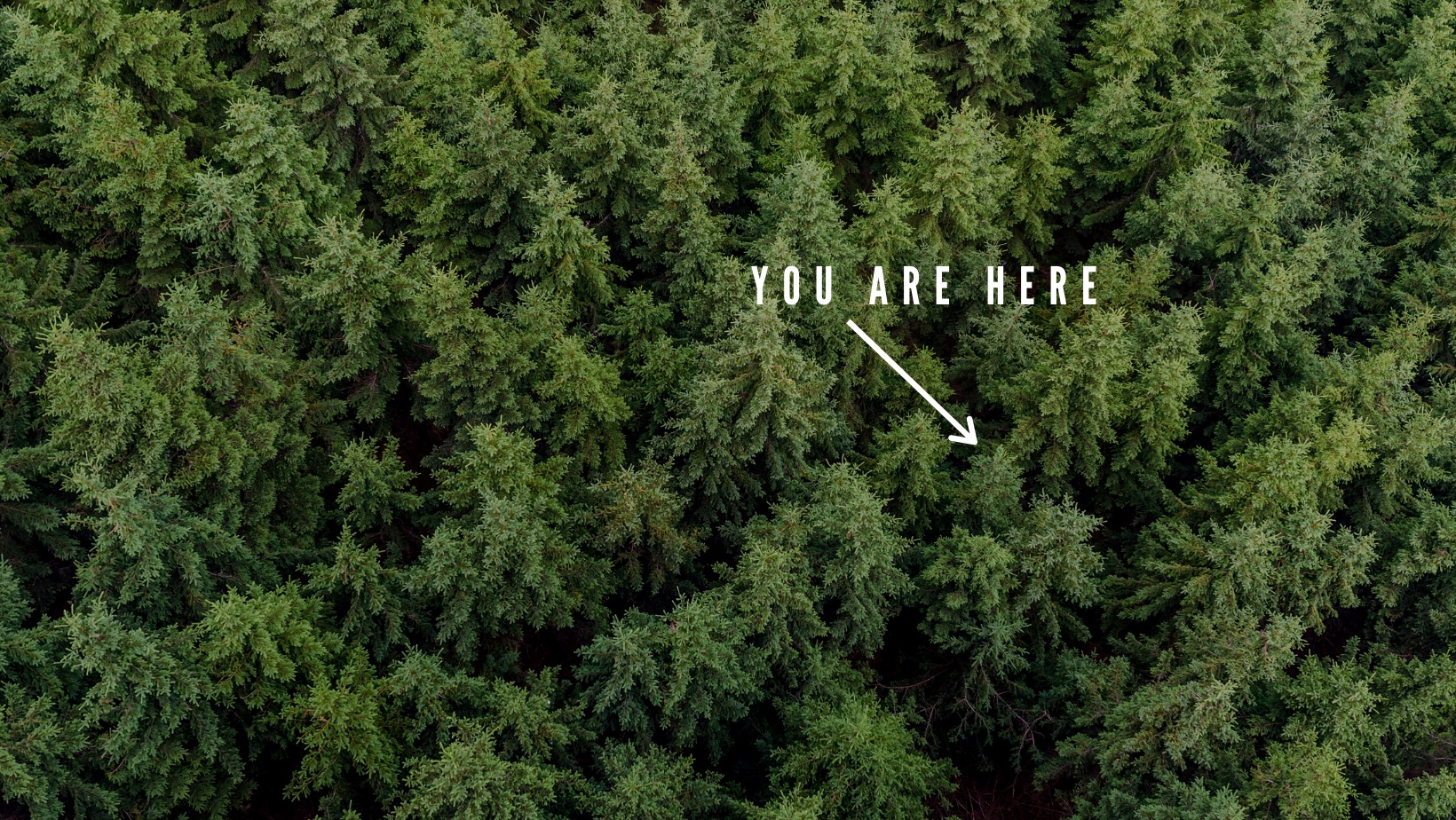 We’ve been waiting. Waiting for 2020 to end and 2021 to finally arrive. But the turn of the calendar didn’t solve our problems – in fact, not much feels different at all. If anything, it feels like a continued or even an increased sense of unknown, uncertainty, and chaos.
We’ve been waiting. Waiting for 2020 to end and 2021 to finally arrive. But the turn of the calendar didn’t solve our problems – in fact, not much feels different at all. If anything, it feels like a continued or even an increased sense of unknown, uncertainty, and chaos.
Since March 2020, I’ve often felt like I’m in the middle of a dense forest with no obvious way out. My “way” has become one of putting one foot in front of the other, literally taking the next step, and then the next. Most days, this helps me feel like I’m making progress, albeit slow.
My consulting and executive coaching work focuses on helping leaders and their organizations navigate change and transition. These days, I lean on my own practices…a lot. One of my favorite sources is the work of William Bridges and the Bridges Transition Model. In his book, “Managing Transitions,” he presents the stages of transition: Letting Go, the Neutral Zone, and the New Beginning. Let’s take a look at the Neutral Zone he describes.
The Neutral Zone
“It’s a time when all the old clarities break down and everything is in flux. Things are up in the air. Nothing is a given anymore, and anything could happen. No one knows the answers: one person says one thing and someone else says something completely different.”
Sound familiar?
This Neutral Zone is a huge chasm of discomfort between an ending and a new beginning. We’re waiting – for a new president to take office, for spring to come, for a vaccine to be widely available, to return to school and work, to hug our friends and family, and to travel. Waiting, waiting, waiting. Telling yourself it’ll be worth the wait, but also feeling exhausted, isolated, and worried because time can feel like a finite resource.
Bridges continues, “One of the most difficult aspects of the Neutral Zone is that most people don’t understand it. They expect to be able to move straight from the old to the new. But this isn’t a trip from one side of the street to the other. It’s a journey from one identity to another, and that kind of journey takes some time. The attitudes, outlook, values, self-images, and ways of thinking that were functional in the past have to ‘die’ before people can be ready for life in the present.”
So, what do we do in this neutral zone? What do we do while we wait? How are you in this zone? Probably like you, one day I’m up, the next I’m down. Some days I’m optimistic, others, I can’t find that optimism no matter what I do or how hard I try.
But hang on…there’s hope!
As we’ve sustained in this abyss now for nearly 12 months, I’m learning to be with it and also recognize it for its gifts and opportunity. Somehow, it helps to know we’re all in it together…it literally feels like there’s not one person on the planet with a “ticket” to escape this time of pandemic, social and racial injustice and unrest, and political turmoil. We’re faced with doing our work and living our life the best we can. What feels most right to me is openness, kindness, compassion, flexibility.
“This is not the wasted time of meaningless waiting and confusion that it sometimes seems to be,” offers Bridges. “It’s a time when reorientation and redefinition must take place, and people need to understand that.”
Yes, it’s a time of anxiety and even chaos, but also it is a time when we’re more open to new ideas and opportunity. I remind myself daily that there’s power in this place. For me:
- Priorities have become clearer, and I realize what’s most important in my life.
- I can do with less. A lot less, in fact: money, material things, activities, work hustle…all the busyness
- Losing what “was” is teaching me to exercise my creativity and look for new opportunities to cultivate and apply myself – my interests, skills, talent, and experience. Coupling this with new insight around my priorities is giving way to a new and more aligned path.
- I’m reminded to celebrate the highs and the wins, even the smallest wins (especially those!)
- I look for the lessons in the lows and greatest challenges.
- I realize that my happiness and power come from within. I’m developing my spirituality practice to help me tap into that.
Since March, I’ve discovered that not only does my old way not work now, but I no longer even wish for that way. There are many things I quite like about this middle place and how the present is informing what I’m building. I’m learning to trust myself and my intuition and inner voice much more every day.
How are you finding ways to maximize and leverage your neutral zone?
 Hi, I’m Jeanie Duncan. I work with individuals and organizations as a transformation partner to help them unlock their Truth, discover authentic value, and create meaningful impact in the world. I believe when we are truly aligned with our purpose, we can live and perform at our highest potential. With over 25 years of experience as an executive, CEO, consultant, coach, and writer, I offer strategic, knowledgeable, and experienced guidance for those who are ready to take the courageous leap toward true transformation.
Hi, I’m Jeanie Duncan. I work with individuals and organizations as a transformation partner to help them unlock their Truth, discover authentic value, and create meaningful impact in the world. I believe when we are truly aligned with our purpose, we can live and perform at our highest potential. With over 25 years of experience as an executive, CEO, consultant, coach, and writer, I offer strategic, knowledgeable, and experienced guidance for those who are ready to take the courageous leap toward true transformation.

Jan 5, 2021 | Action, Focus, Intention, Strategy
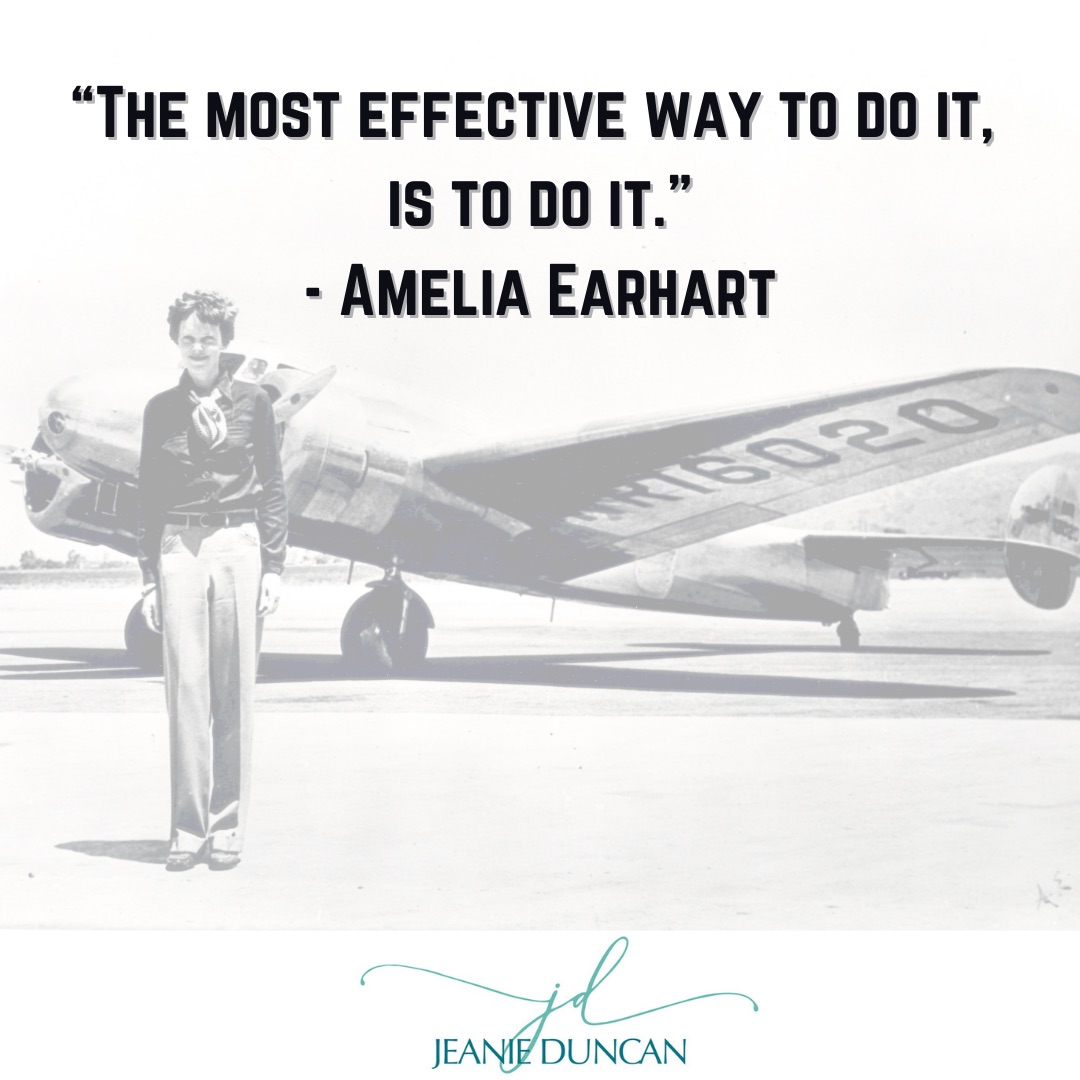
For my 2021 intention setting, I’ve picked this Amelia Earhart quote and two words as my guideposts: Immerse + Commit.
I love variety – a lot of things, options, choices. If I were to describe my life as a buffet line, when I reach the end, my plate would be piled high and about to break under the mountain of food – everything looked so good, so I took just a little bit…and then the little became a LOT.
This lived experience can have me setting too many goals, taking on too many clients and projects, and casting a net too wide because it all looks so delicious!
My “way,” while exciting and filled with variety, often keeps me from having the rich depth of experience I want to have. It also prevents me from truly committing to something and finishing or mastering it, because of the sheer heap of assortment.
So, for 2021 I’m immersing in and committing to a small “salad plate” of:
- Writing
- Coaching
- Work in equity, inclusion and diversity
- My overall health and wellness
And my shero, Amelia, with her “the most effective way to do it, is to do it” will guide me through!
2021 Planning Guide
Here are a few prompts that support my clients with intention and priority setting. I hope you find them helpful to do your own 2021 reflection.
- Identify up to 3 items that you want as your MAIN areas of focus for the year. For each area, provide a simple heading (written in first person) that states what you want to have achieved by December 31. Underneath each, note one or more measurable outcomes you will see/experience as a result.
- For these areas of focus, what do you anticipate that might hold you back or get in your way? Listing these can help you be prepared for potential barriers and to prevent them before they arise.
- What theme (or themes) encapsulates the above areas of focus?
- Of the theme(s) you’ve listed, what word or two best captures the essence?
- Identify a quote that can serve as a “headline” or “billboard” for you, related to your key words. (Searching quotes based on your key words or themes is helpful.)
It’s a good idea to post your results to this “worksheet’ in a place where you’ll see it every day. I have mine on my office wall and placed as a “bookmark” in my daily writing journal. Cheers!
 Hi, I’m Jeanie Duncan. I work with individuals and organizations as a transformation partner to help them unlock their Truth, discover authentic value, and create meaningful impact in the world. I believe when we are truly aligned with our purpose, we can live and perform at our highest potential. With over 25 years of experience as an executive, CEO, consultant, coach, and writer, I offer strategic, knowledgeable, and experienced guidance for those who are ready to take the courageous leap toward true transformation.
Hi, I’m Jeanie Duncan. I work with individuals and organizations as a transformation partner to help them unlock their Truth, discover authentic value, and create meaningful impact in the world. I believe when we are truly aligned with our purpose, we can live and perform at our highest potential. With over 25 years of experience as an executive, CEO, consultant, coach, and writer, I offer strategic, knowledgeable, and experienced guidance for those who are ready to take the courageous leap toward true transformation.

Apr 19, 2016 | Leadership, Transition & Change
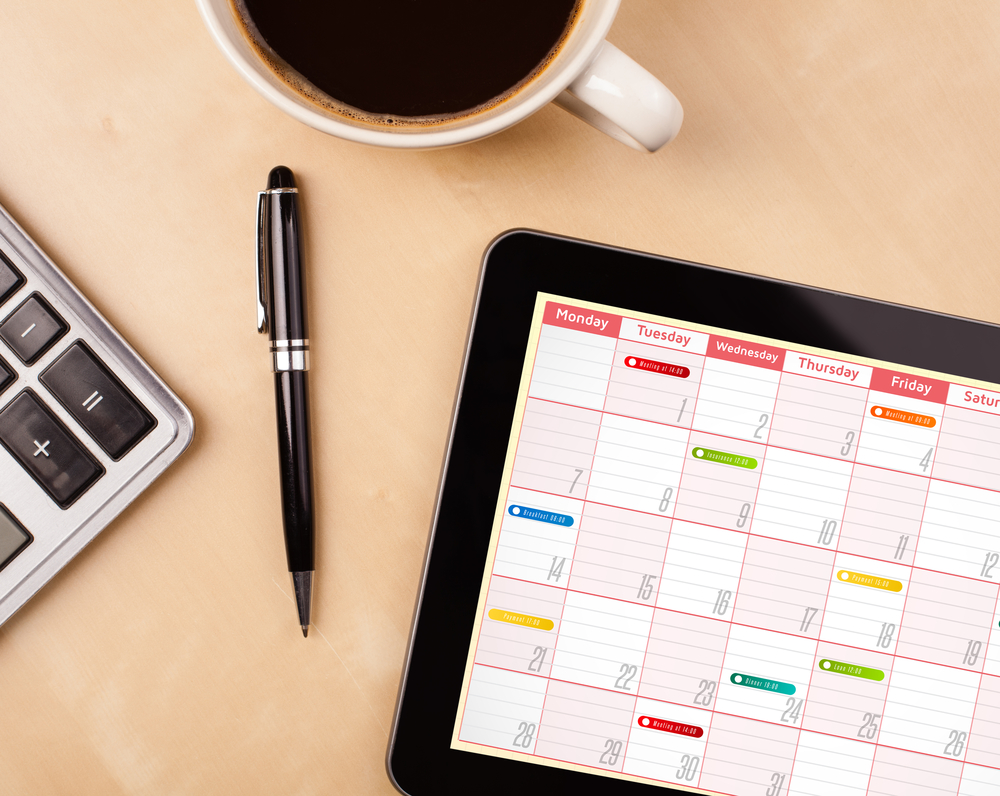 As a newly appointed executive leader, one of the most important priorities is to establish your leadership agenda for the first twelve months. Typically this follows the 90-day entry plan and outlines what you expect to accomplish at the conclusion of your first year. Additionally, it can be an ideal tool for your board to measure your first year performance.
As a newly appointed executive leader, one of the most important priorities is to establish your leadership agenda for the first twelve months. Typically this follows the 90-day entry plan and outlines what you expect to accomplish at the conclusion of your first year. Additionally, it can be an ideal tool for your board to measure your first year performance.
If your organization has a current strategic plan, this document is aligned closely with that. However, if strategic plan development is a first year action item, this 12-month leadership agenda can help organize your thinking and outline key goals and strategies to chart the course initially.
Helpful tips in developing your agenda:
- Co-design the leadership agenda with your board chair, involving members of your board personnel committee or transition committee, if existing.
- Keep the document focused at a high, strategic level. Incorporate an adjoining action plan for your own personal use in implementation.
- In goal setting, balance realism with the appropriate degree of stretch to help manage expectations.
- Keep the leadership agenda front and center, using it as a guide to organize your weekly priorities and as a report card for board meetings.
- Adapt and revise the document through the course of the year. This is a living, breathing tool – things change, and you’ll learn a lot along the way that will inform this roadmap.
To help you get started, I’ve included a sample template here (PDF). Good luck charting your path, and remember “If you don’t know where you are going, any road will get you there.” – Lewis Carroll
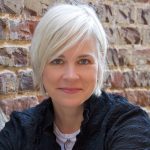 About Jeanie Duncan: Jeanie is President of Raven Consulting Group, a business she founded that focuses on organizational change and leadership development in the nonprofit sector. She is a senior consultant for Raffa, a national firm working with nonprofit clients to lead efforts in sustainability and succession planning, executive transition and search. Additionally, Jeanie serves as adjunct faculty for the Center for Creative Leadership, a top-ranked, global provider of executive leadership education.
About Jeanie Duncan: Jeanie is President of Raven Consulting Group, a business she founded that focuses on organizational change and leadership development in the nonprofit sector. She is a senior consultant for Raffa, a national firm working with nonprofit clients to lead efforts in sustainability and succession planning, executive transition and search. Additionally, Jeanie serves as adjunct faculty for the Center for Creative Leadership, a top-ranked, global provider of executive leadership education.

 A few years ago, a friend of mine approached me with a bit of a dare. ”What if we flew to Anchorage, rented motorcycles, and rode and camped across Alaska for a couple of weeks?” She followed it up with, ”and don’t say ‘yes’ unless you really mean it!” I thought on it for about 12 seconds…“I’m in!”
A few years ago, a friend of mine approached me with a bit of a dare. ”What if we flew to Anchorage, rented motorcycles, and rode and camped across Alaska for a couple of weeks?” She followed it up with, ”and don’t say ‘yes’ unless you really mean it!” I thought on it for about 12 seconds…“I’m in!”

 Hi, I’m Jeanie Duncan. I work with individuals and organizations as a transformation partner to help them unlock their Truth, discover authentic value, and create meaningful impact in the world. I believe when we are truly aligned with our purpose, we can live and perform at our highest potential. With over 25 years of experience as an executive, CEO, consultant, and coach, I offer strategic, knowledgeable, and experienced guidance for those who are ready to take the courageous leap toward true transformation.
Hi, I’m Jeanie Duncan. I work with individuals and organizations as a transformation partner to help them unlock their Truth, discover authentic value, and create meaningful impact in the world. I believe when we are truly aligned with our purpose, we can live and perform at our highest potential. With over 25 years of experience as an executive, CEO, consultant, and coach, I offer strategic, knowledgeable, and experienced guidance for those who are ready to take the courageous leap toward true transformation. 

 Remember the days when we could physically gather for meetings, programs, and events at work? I find myself longing for it as we’re about to “lap ourselves,” approaching month #11 in the COVID era.
Remember the days when we could physically gather for meetings, programs, and events at work? I find myself longing for it as we’re about to “lap ourselves,” approaching month #11 in the COVID era. Hi, I’m Jeanie Duncan. I work with individuals and organizations as a transformation partner to help them unlock their Truth, discover authentic value, and create meaningful impact in the world. I believe when we are truly aligned with our purpose, we can live and perform at our highest potential. With over 25 years of experience as an executive, CEO, consultant, coach, and writer, I offer strategic, knowledgeable, and experienced guidance for those who are ready to take the courageous leap toward true transformation.
Hi, I’m Jeanie Duncan. I work with individuals and organizations as a transformation partner to help them unlock their Truth, discover authentic value, and create meaningful impact in the world. I believe when we are truly aligned with our purpose, we can live and perform at our highest potential. With over 25 years of experience as an executive, CEO, consultant, coach, and writer, I offer strategic, knowledgeable, and experienced guidance for those who are ready to take the courageous leap toward true transformation. 
 We’ve been waiting. Waiting for 2020 to end and 2021 to finally arrive. But the turn of the calendar didn’t solve our problems – in fact, not much feels different at all. If anything, it feels like a continued or even an increased sense of unknown, uncertainty, and chaos.
We’ve been waiting. Waiting for 2020 to end and 2021 to finally arrive. But the turn of the calendar didn’t solve our problems – in fact, not much feels different at all. If anything, it feels like a continued or even an increased sense of unknown, uncertainty, and chaos.


 As a newly appointed executive leader, one of the most important priorities is to establish your leadership agenda for the first twelve months. Typically this follows the 90-day entry plan and outlines what you expect to accomplish at the conclusion of your first year. Additionally, it can be an ideal tool for your board to measure your first year performance.
As a newly appointed executive leader, one of the most important priorities is to establish your leadership agenda for the first twelve months. Typically this follows the 90-day entry plan and outlines what you expect to accomplish at the conclusion of your first year. Additionally, it can be an ideal tool for your board to measure your first year performance. About Jeanie Duncan: Jeanie is President of Raven Consulting Group, a business she founded that focuses on organizational change and leadership development in the nonprofit sector. She is a senior consultant for Raffa, a national firm working with nonprofit clients to lead efforts in sustainability and succession planning, executive transition and search. Additionally, Jeanie serves as adjunct faculty for the Center for Creative Leadership, a top-ranked, global provider of executive leadership education.
About Jeanie Duncan: Jeanie is President of Raven Consulting Group, a business she founded that focuses on organizational change and leadership development in the nonprofit sector. She is a senior consultant for Raffa, a national firm working with nonprofit clients to lead efforts in sustainability and succession planning, executive transition and search. Additionally, Jeanie serves as adjunct faculty for the Center for Creative Leadership, a top-ranked, global provider of executive leadership education.
Recent Comments